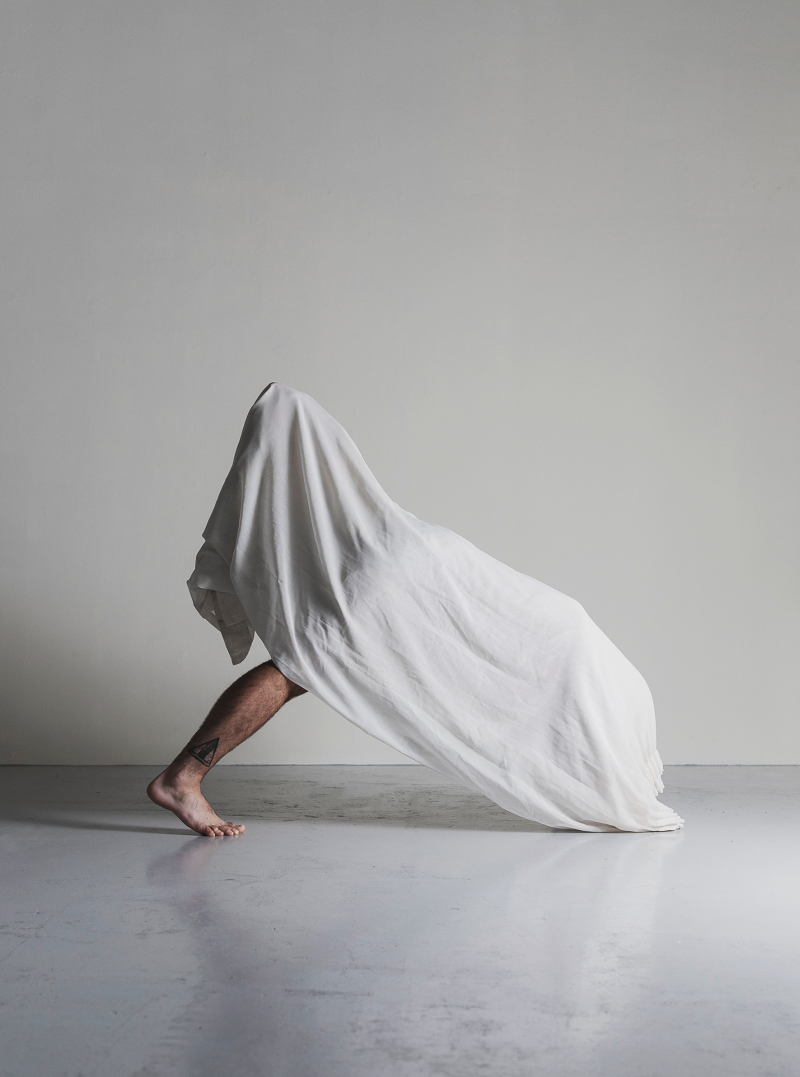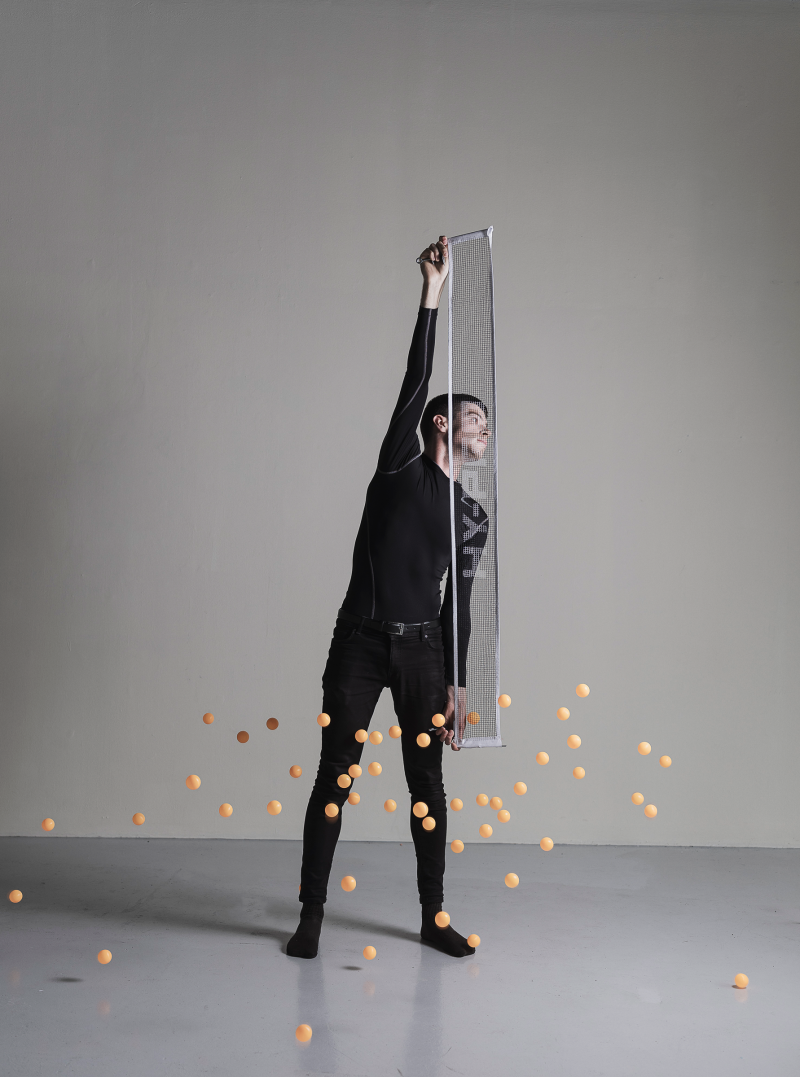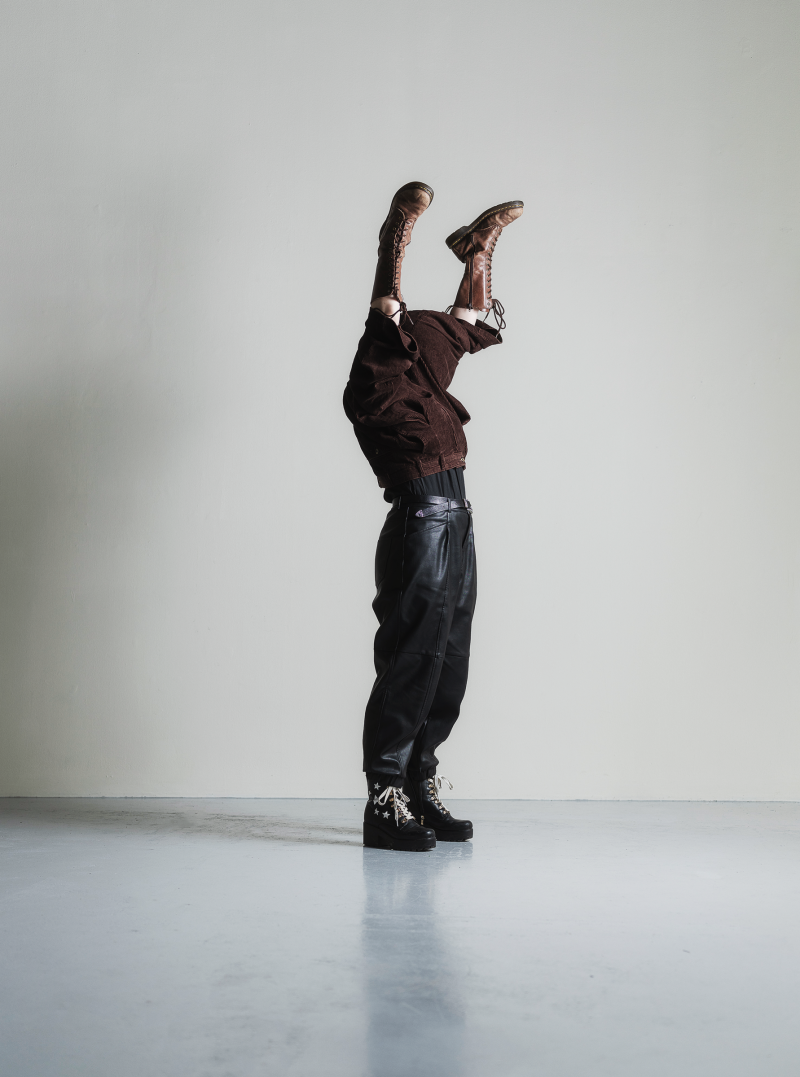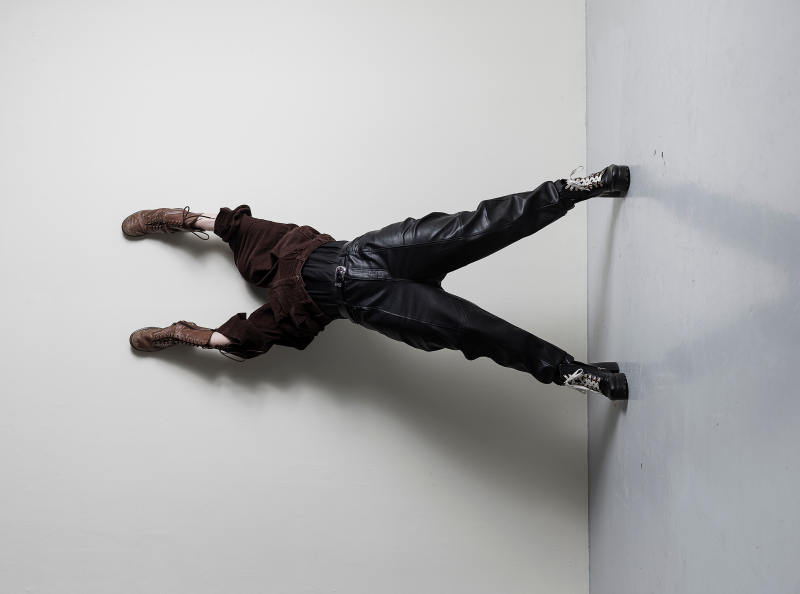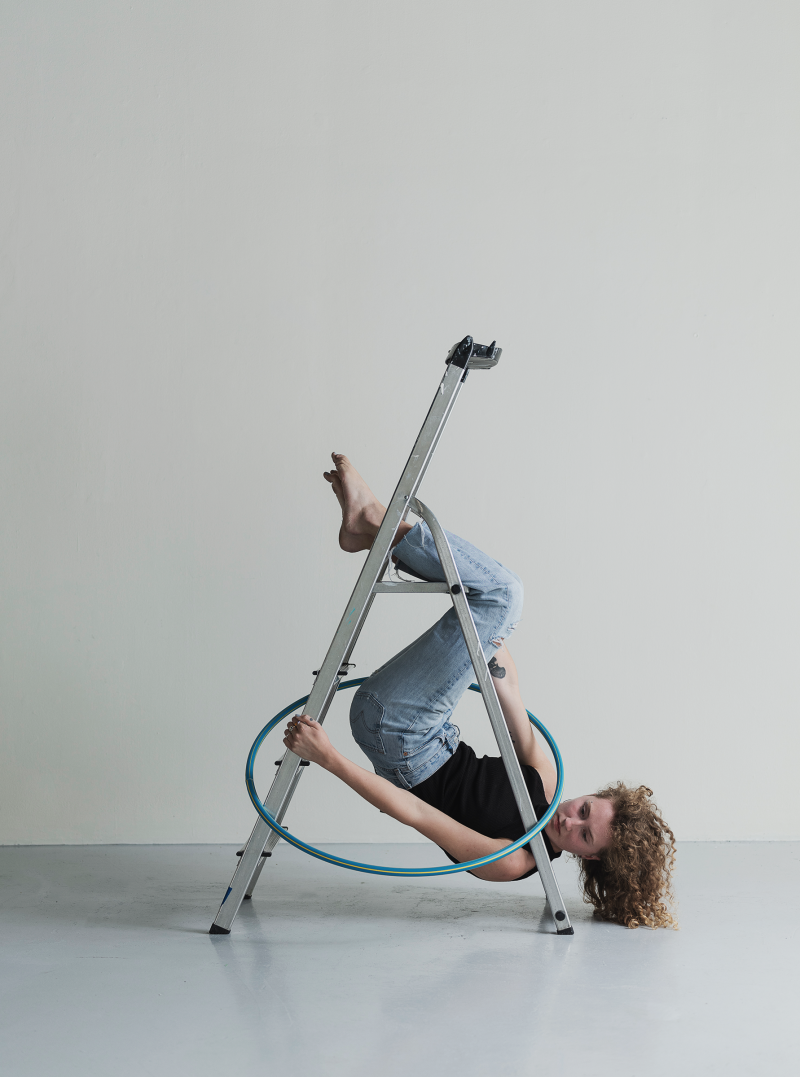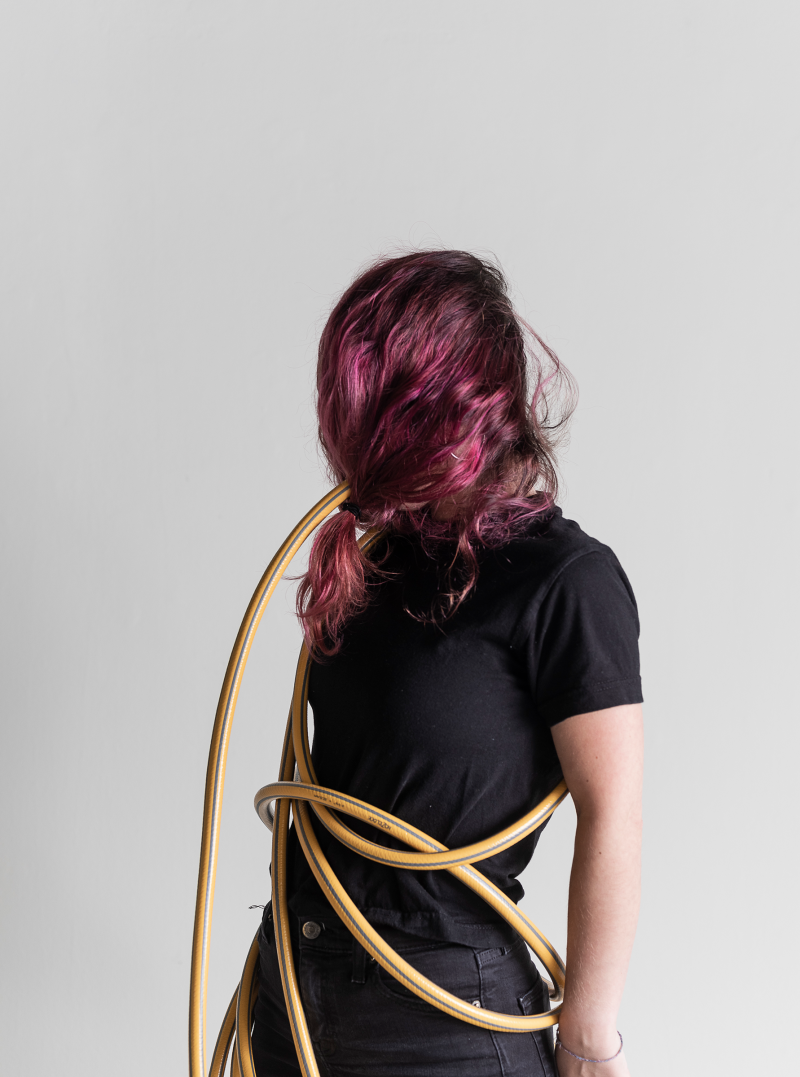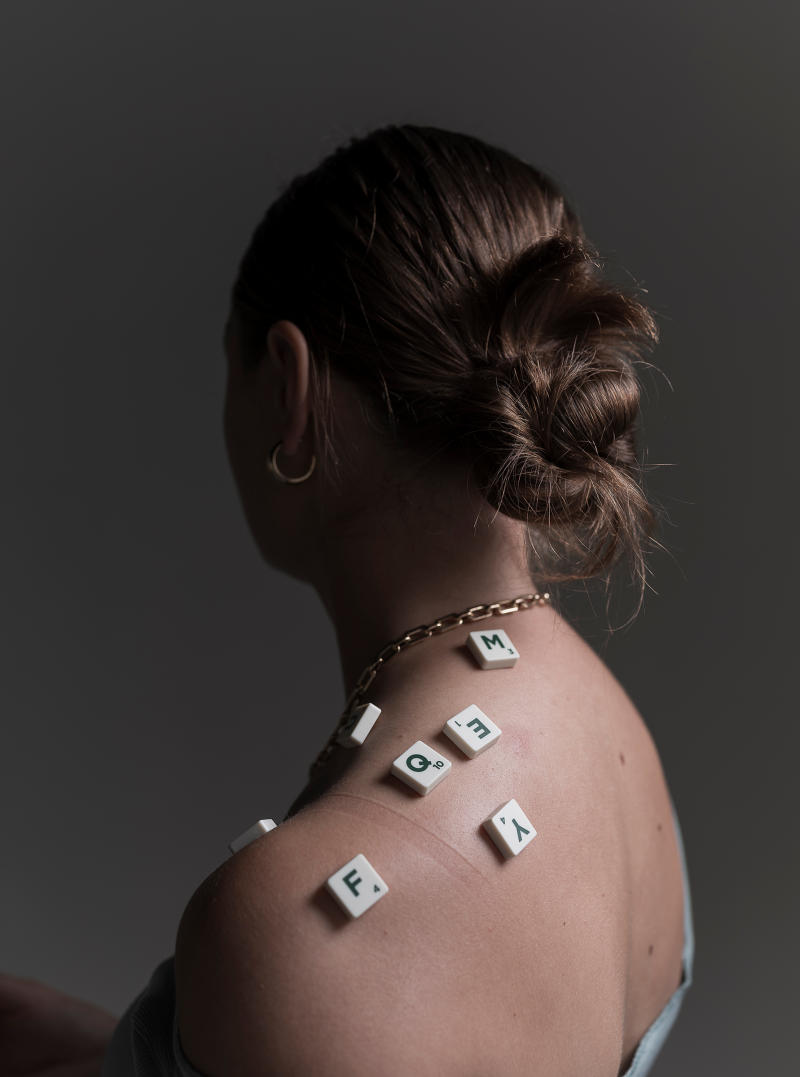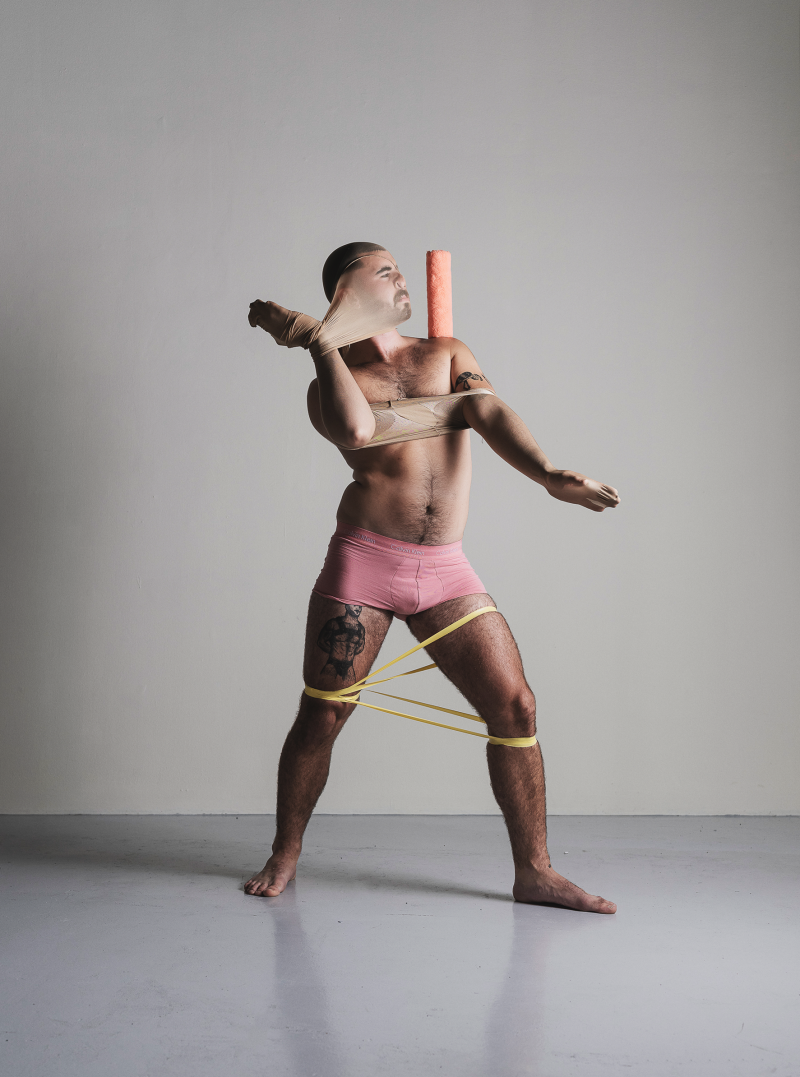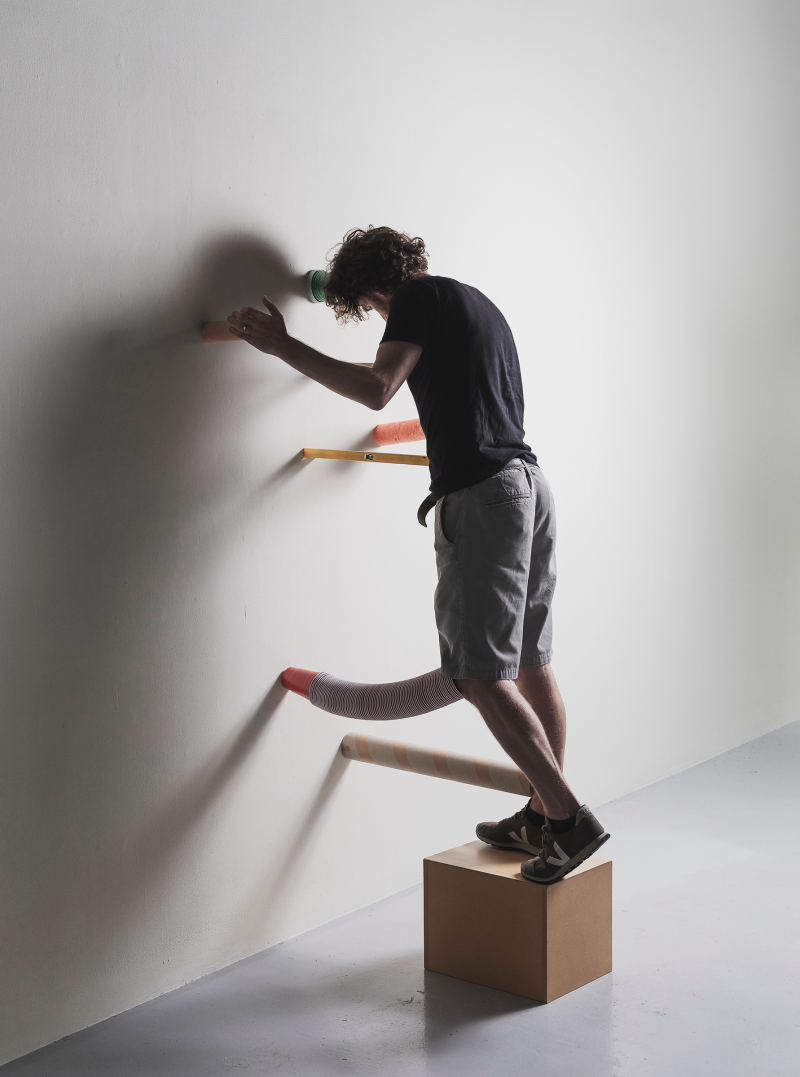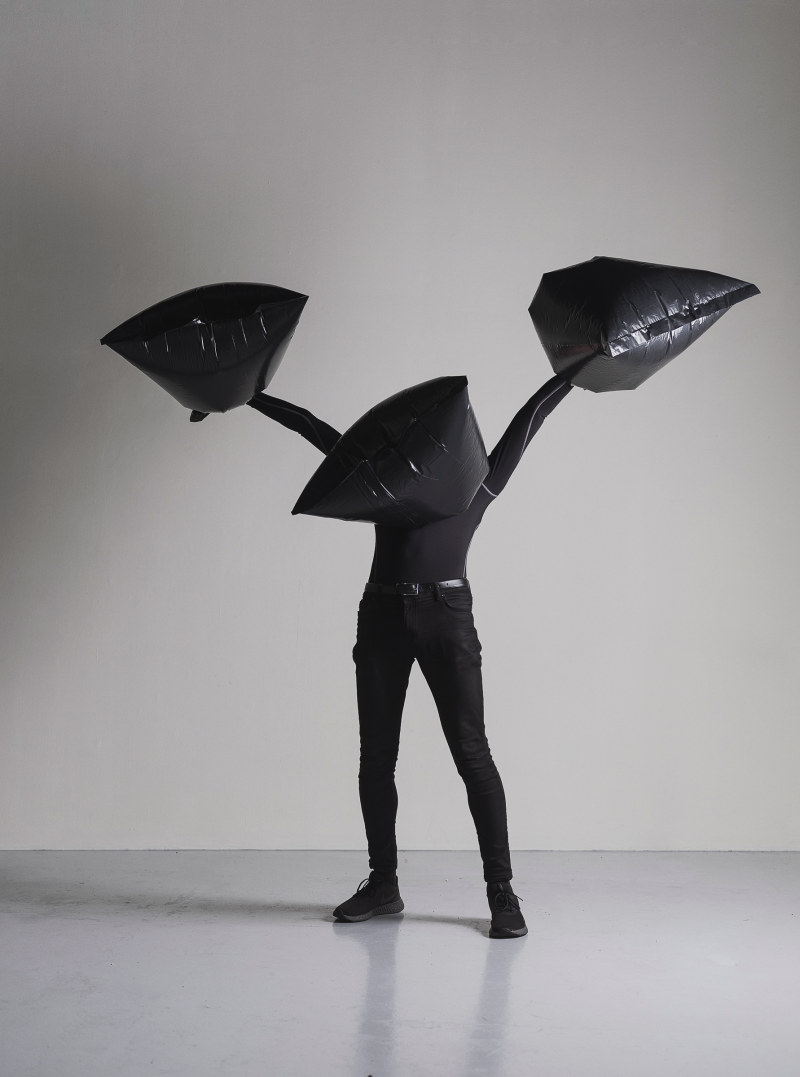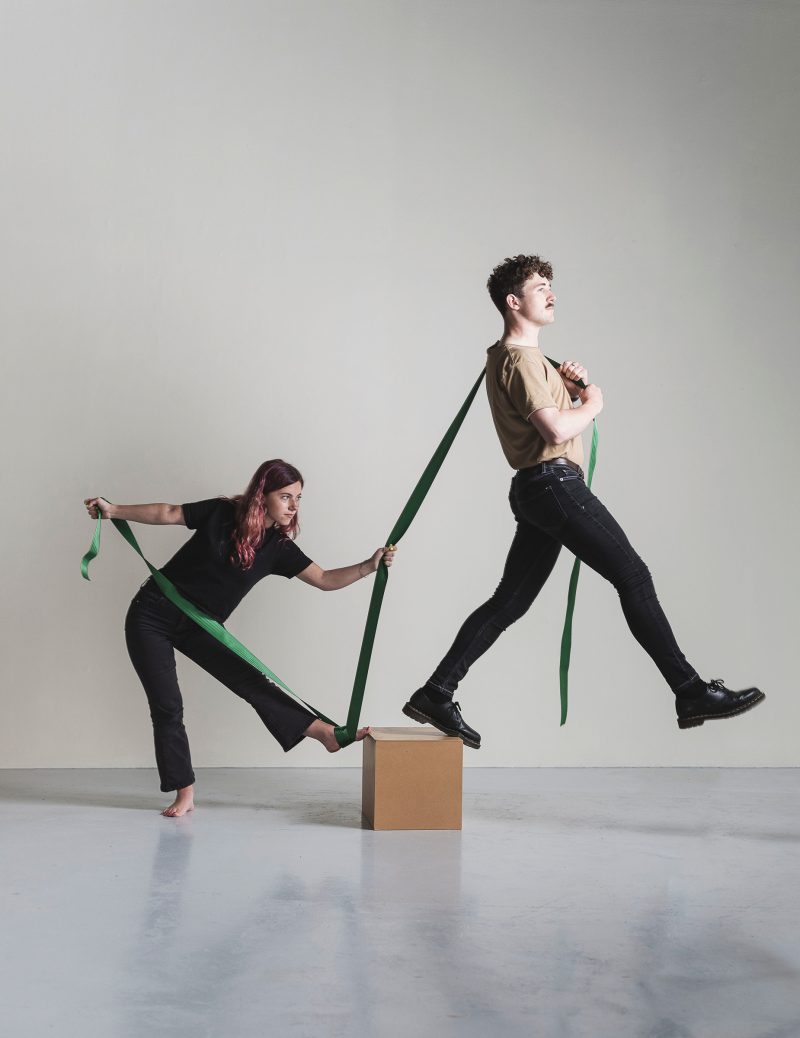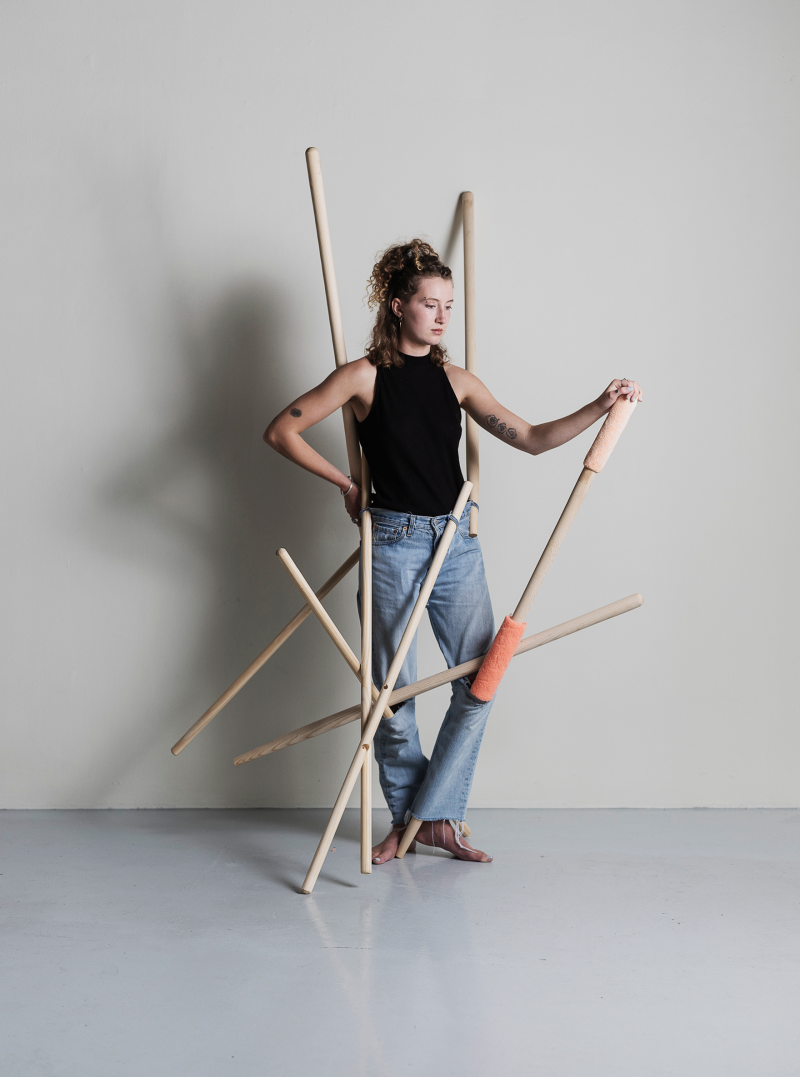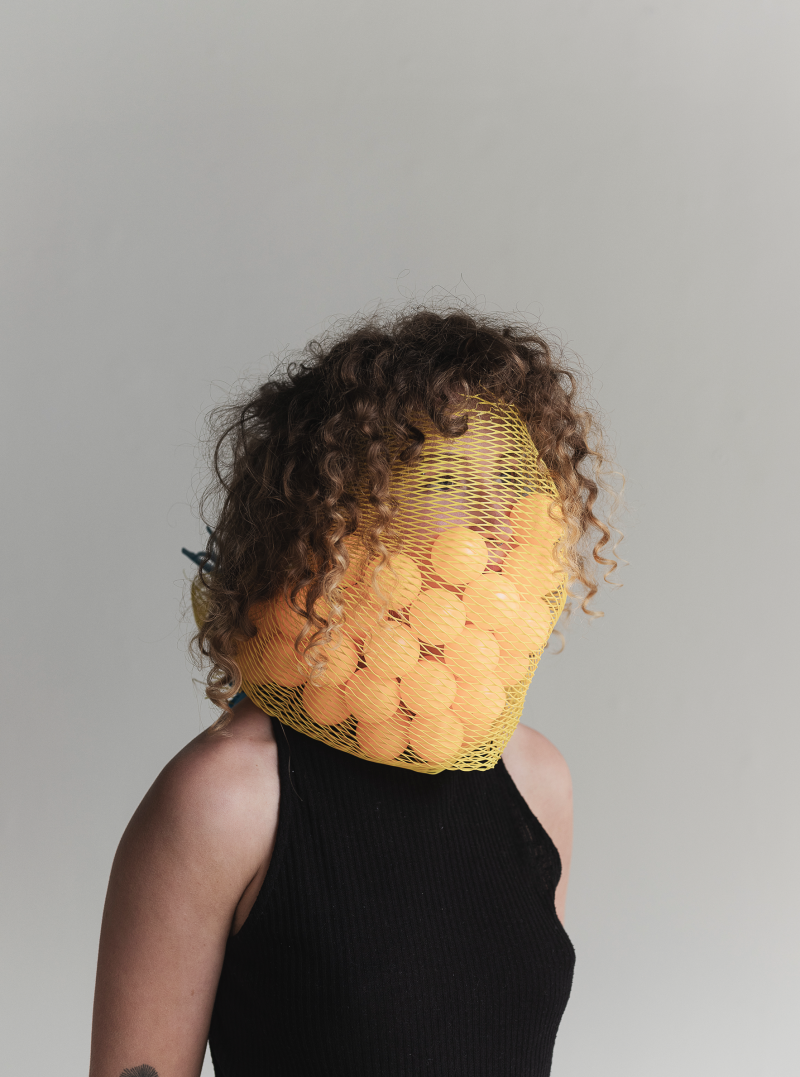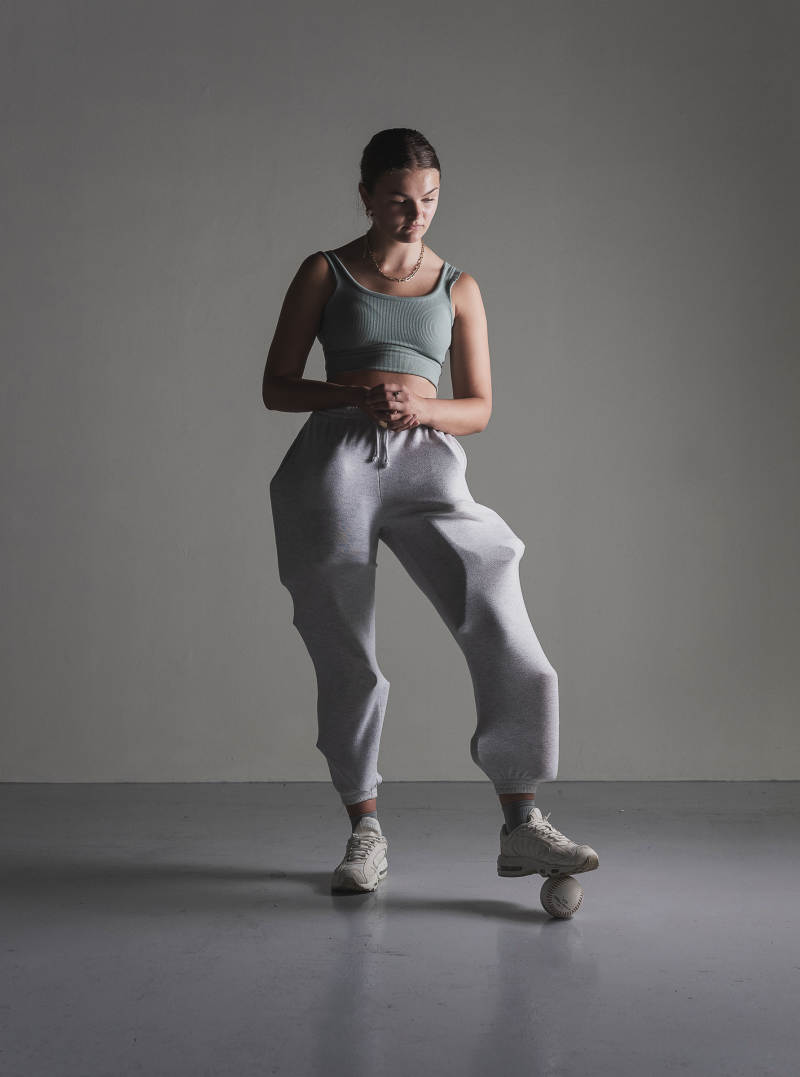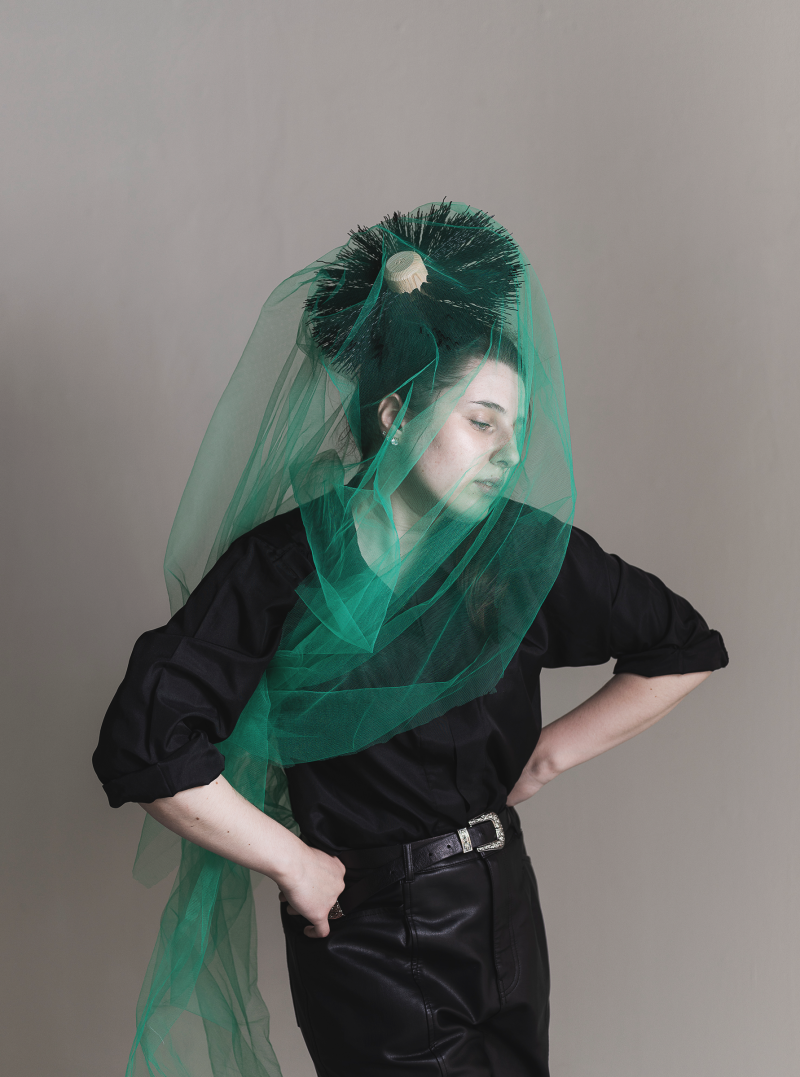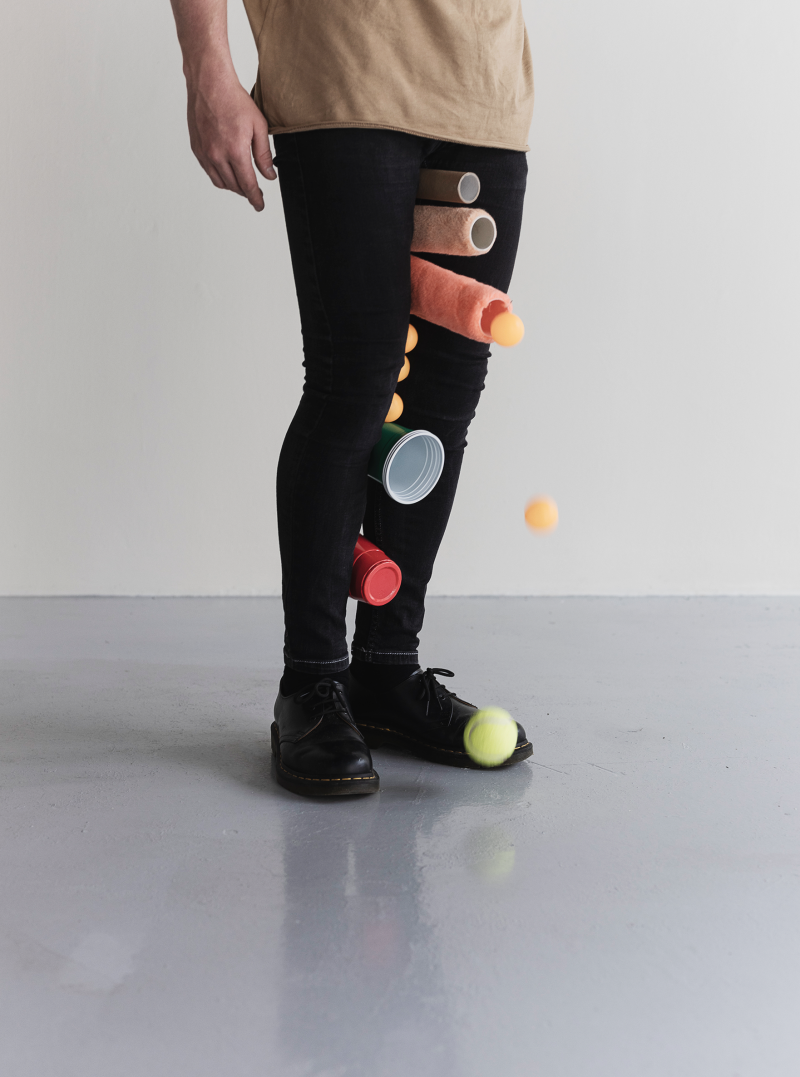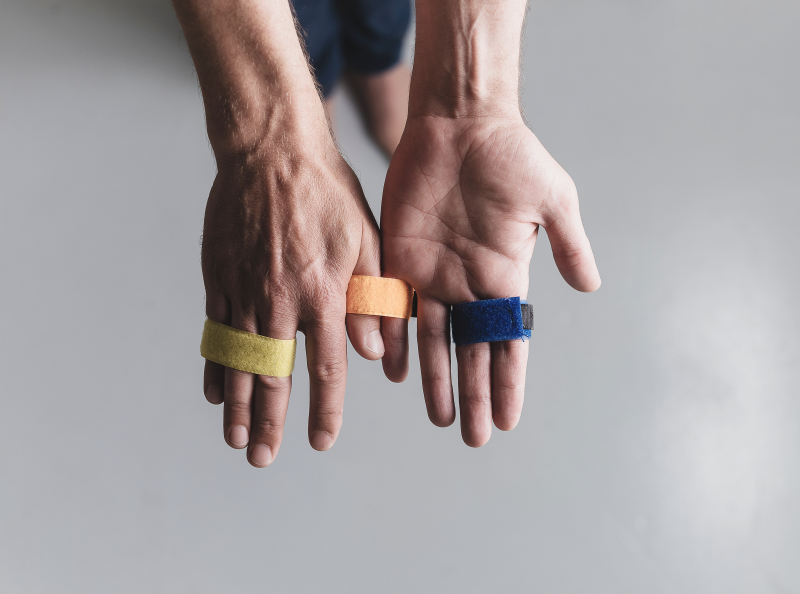First Year Art & Design

On entry to NCAD, no matter what entry route you are registered on you will be instantly immersed in an exciting and unique interdisciplinary programme where art and design students work side-by-side and together to explore and discover the wide range of pathways open to them. Taught and guided in the studio by both art and design practitioners, you are encouraged to engage in an open and experimental research process in a manner that helps ensure that you enter the pathway that is best suited to your individual goals and abilities.
This common experience across the disciplines gives you, as an NCAD student, a unique opportunity to develop a deeper understanding and appreciation of the 14 different art and design specialisms now available in NCAD.
Getting to know your peers and forming early friendships before you enter your specialist field, you can lay the foundations for future collaborations across the disciplines in our increasingly diverse artistic cultural industries.
First year is more than simply a route to finding your preferred pathway, our programme offers an exciting range of thematic projects for you to choose from which allow you to engage with highly relevant contemporary themes and practices. The programme is designed to support you in developing the critical awareness and skills to become society’s much needed, bold and curious artists and designers of the future.
The First Year Art & Design Studies programme includes a wide range of teaching approaches including workshop demonstrations, tutorials, visiting lectures, seminars, gallery, museum, studio and location visits, complemented by programmes in Professional Practice and Critical Cultures. We look forward to welcoming you to NCAD.
Mary Avril Gillan
Head of First Year Art & Design Studies
First Year Art and Design at NCAD gives you options for entry into many different worlds. The working week is divided between studio practice, professional practice and Critical Cultures. It is a full-time programme and runs over a five-day week. When you arrive in NCAD you will be divided into class groupings and will share the studio with a wide mix of your peers. This is a great opportunity for you to experience diversity in art and design thinking and working methods, and to discover your particular strengths.
What will I study?
For all students, First Year begins with a period of interdisciplinary art and design research, observation and analysis. Your curiosity is your starting point. You will build on the work you have already submitted as part of your portfolio and your sourcing project and the new activities introduced to you in the first six weeks. In this first trimester (half-year), art and design students work side-by-side and together to explore and discover the wide-ranging possibilities open to them. This open and playful exploration combined with expert staff advice will help you find and settle on the right pathway for your individual goals and abilities.
The second trimester (half-year) is discipline based and students divide into their specialist degree preferences and into the Art or Design Schools depending on their degree preference. This time will be spent working on projects that will help you progress toward your degree discipline preference. You will then spend some time studying in or with staff from the Department supporting your preferred degree specialisation where you will undertake a series of skills acquisition projects and self-directed work.
If you are one of the students who entered directly to your degree pathway on application to NCAD, you will progress through the same common First Year, learning a wide range of practices and material processes and engaging in thematic projects. If, like most students, you are on a multiple entry route where you progress toward your specialist degree pathway , you will take, the beginning of the second semester is the point at which you will start to move more specifically toward your preferred path by taking relevant area experience projects.
Joint Programme Education students will also decide progress through the course of First Year whether toward their path in studio which they will combine with their degree in Education will be in conjunction with Fine Art or Design and with which Department in Fine Art or Design in the same way as their Common Entry peers. There is a proportionate number of places reserved for each pathway in all specialist areas.

The key areas of study in First Year are:
- Observation: Descriptive, explanatory, analytical and inventive skills through drawing, making and recording.
- Materials: Development of the physical and aesthetic behaviour of a wide range of materials.
- Research: The process of gathering visual information in relation to topics of inquiry.
- Processes: The use of innovative and traditional techniques and equipment in the stimulation and development of ideas.
- Professional Practice: Time management, library and research skills, organising and presenting work, peer learning, development of an individual body of work.
- Critical Cultures: In this part of the course you will study the connections between history, theory and practice in modern and contemporary contexts, in order to become critically engaged, reflective and an effective practitioner.

How will I be assessed?
Assessment throughout the programme, in your studio practice, professional practice, and Critical Cultures, will be on a continuous basis, at the end of each completed project/module and at the end of each trimester (half-year) and you will receive feedback comment with each assessment report. Formal assessment results will be issued at the end of each trimester in the academic year. Modes of assessment will include practical and written assignments, oral and visual presentations, portfolios and exhibitions.
What happens at the end of First Year?
At the end of First Year successful students progress to the second year. For students with a strong interest in Critical Cultures there is an opportunity to choose additional modules in Critical Cultures leading to a degree in Design or Fine Art as your major with Critical Cultures as a minor. Students make this choice towards the end of First Year and acceptance onto this option is dependent on First Year results.
